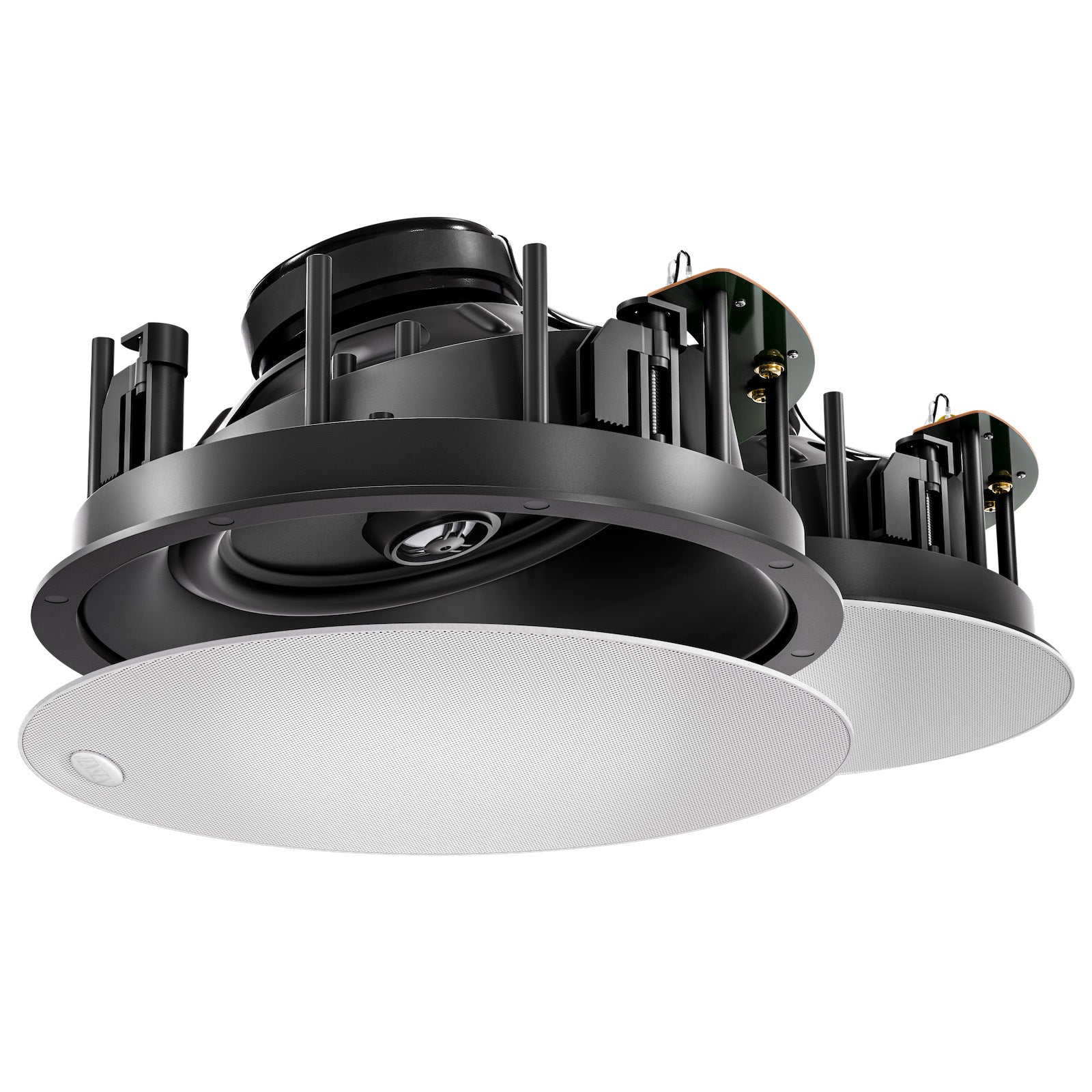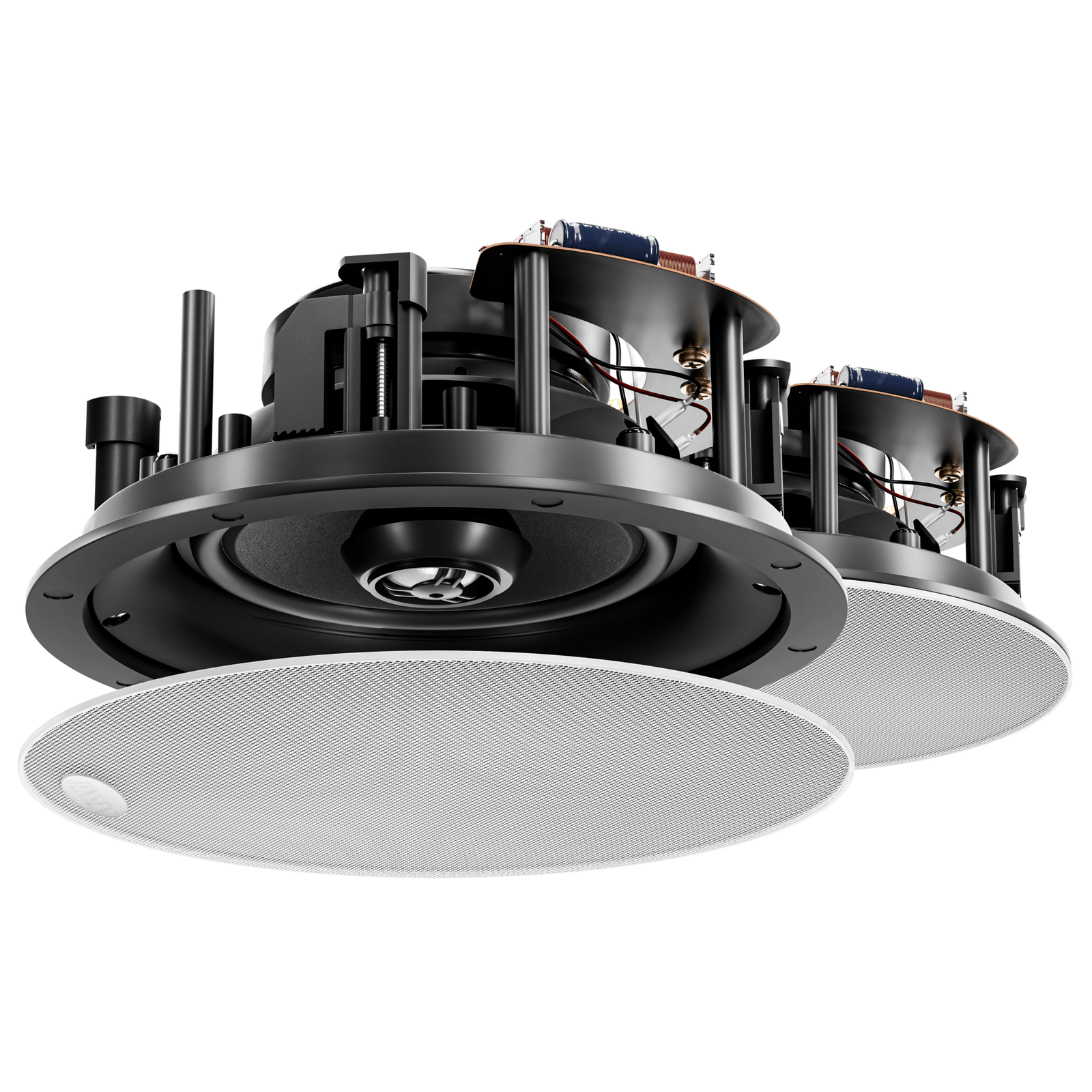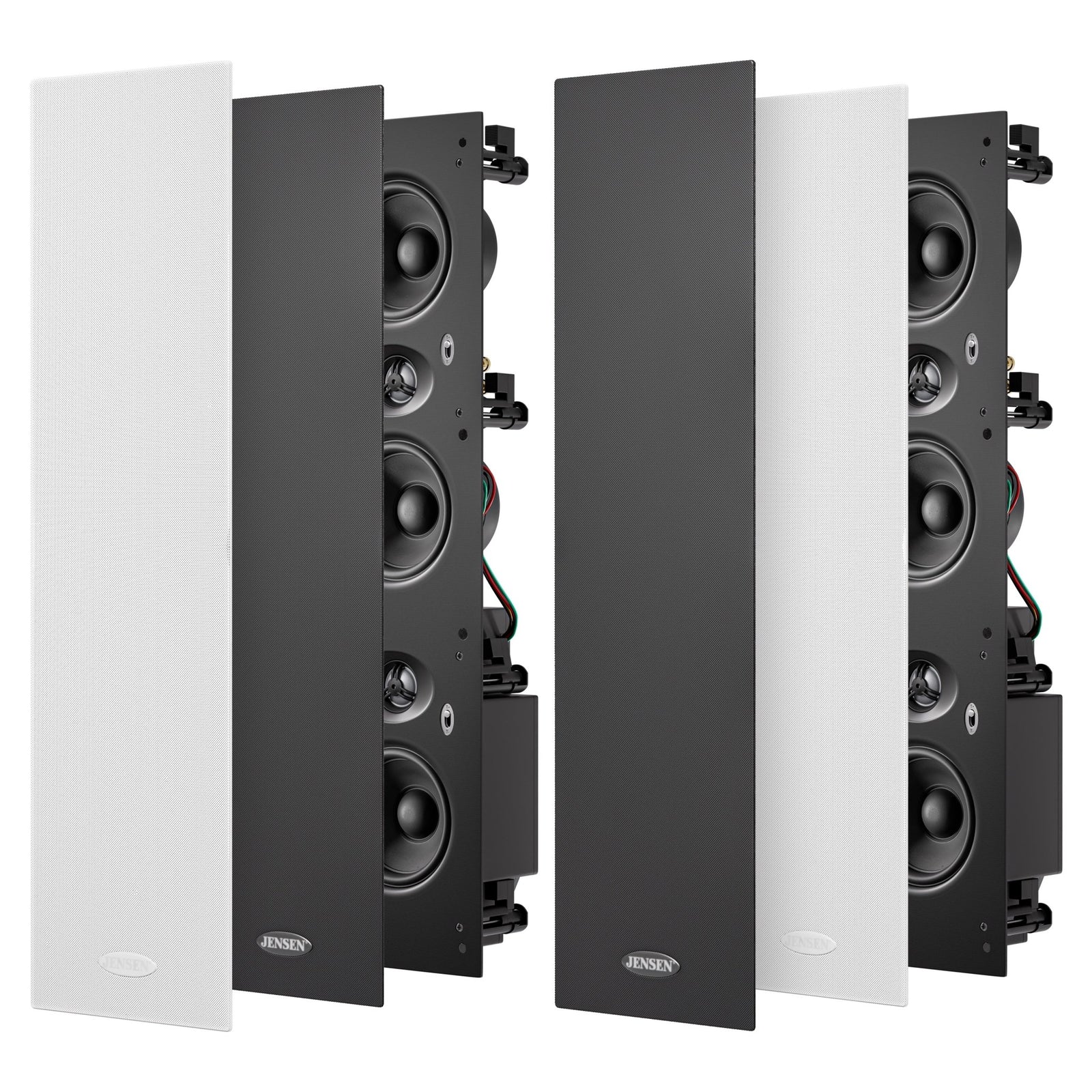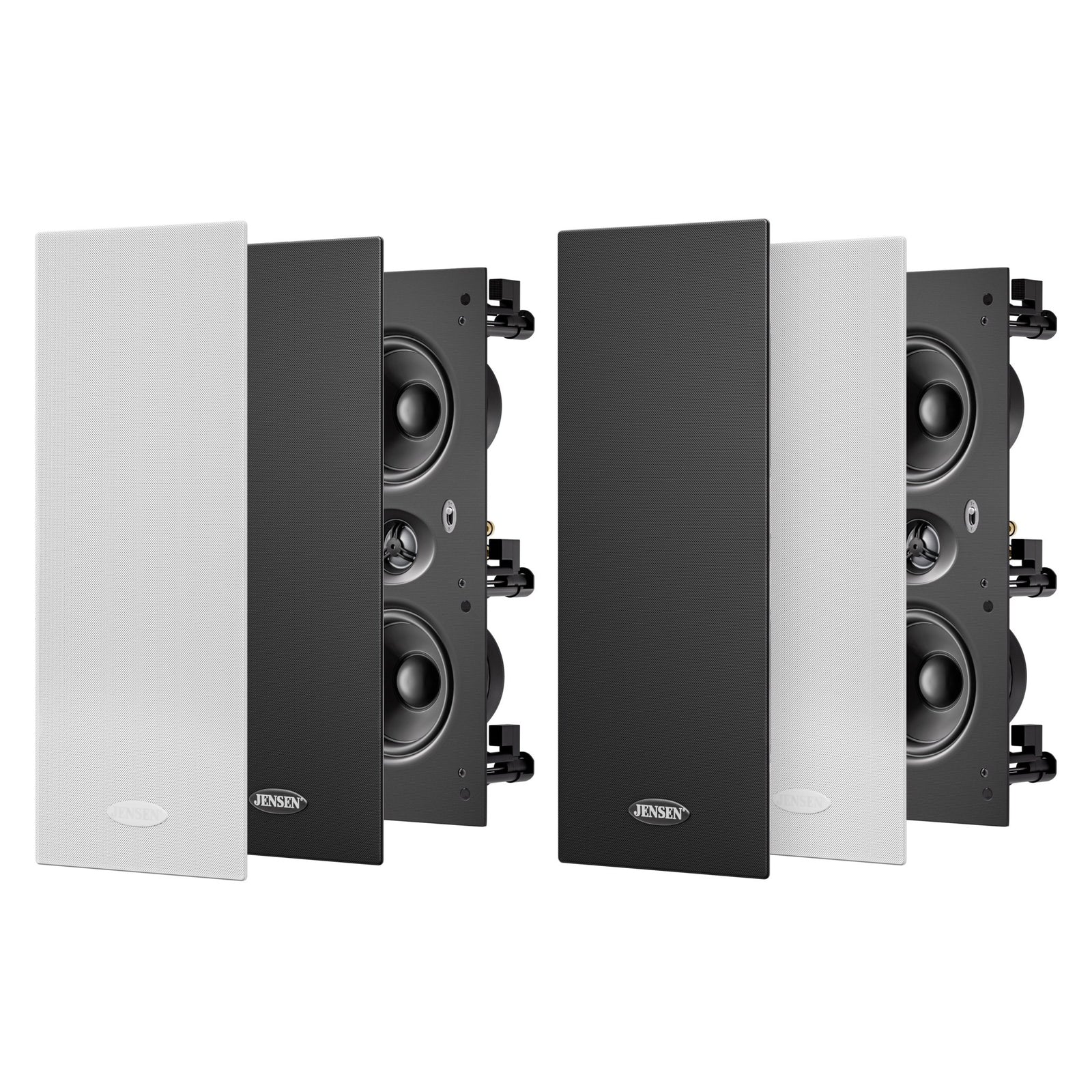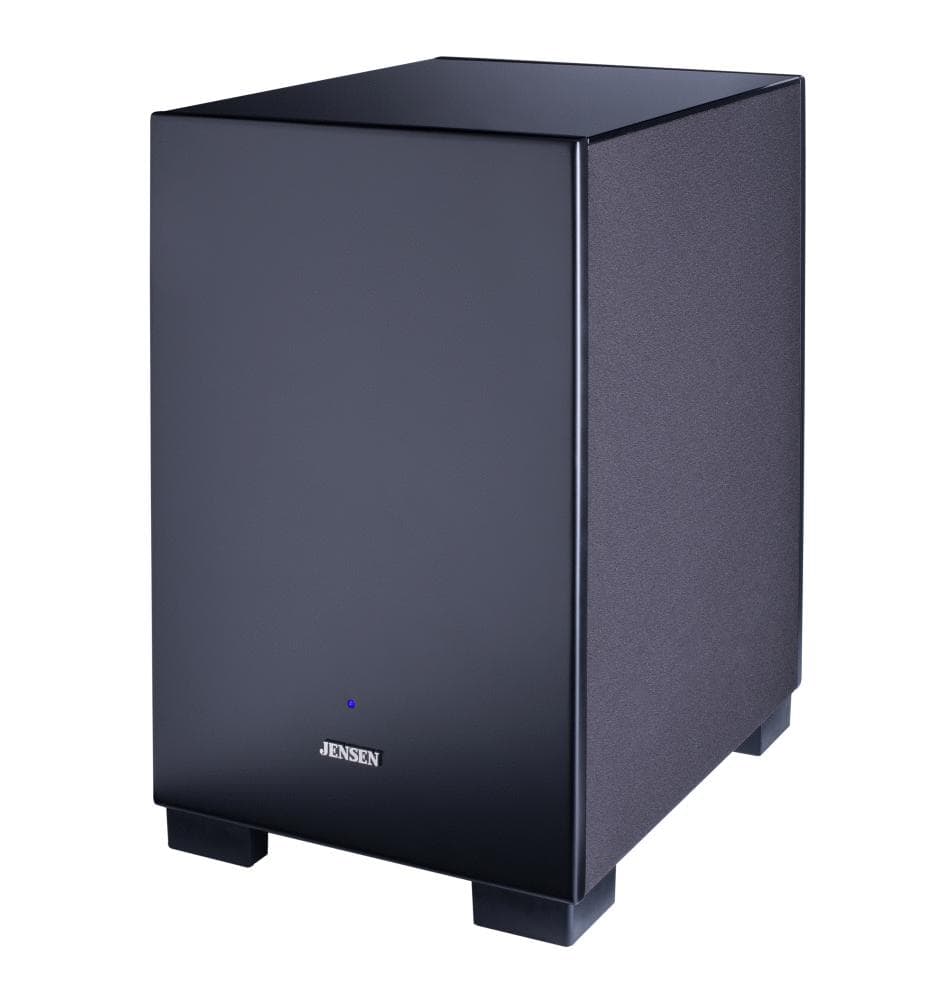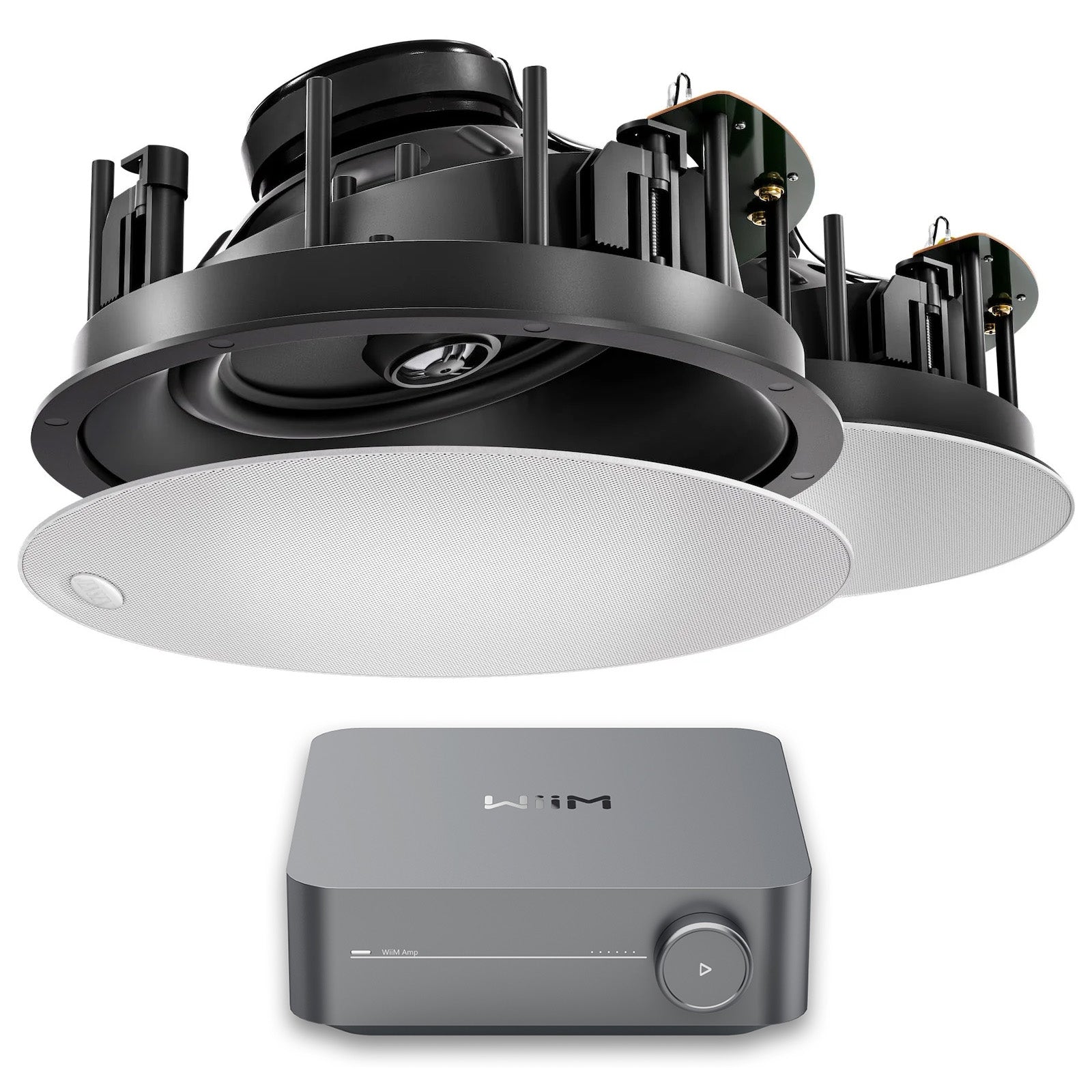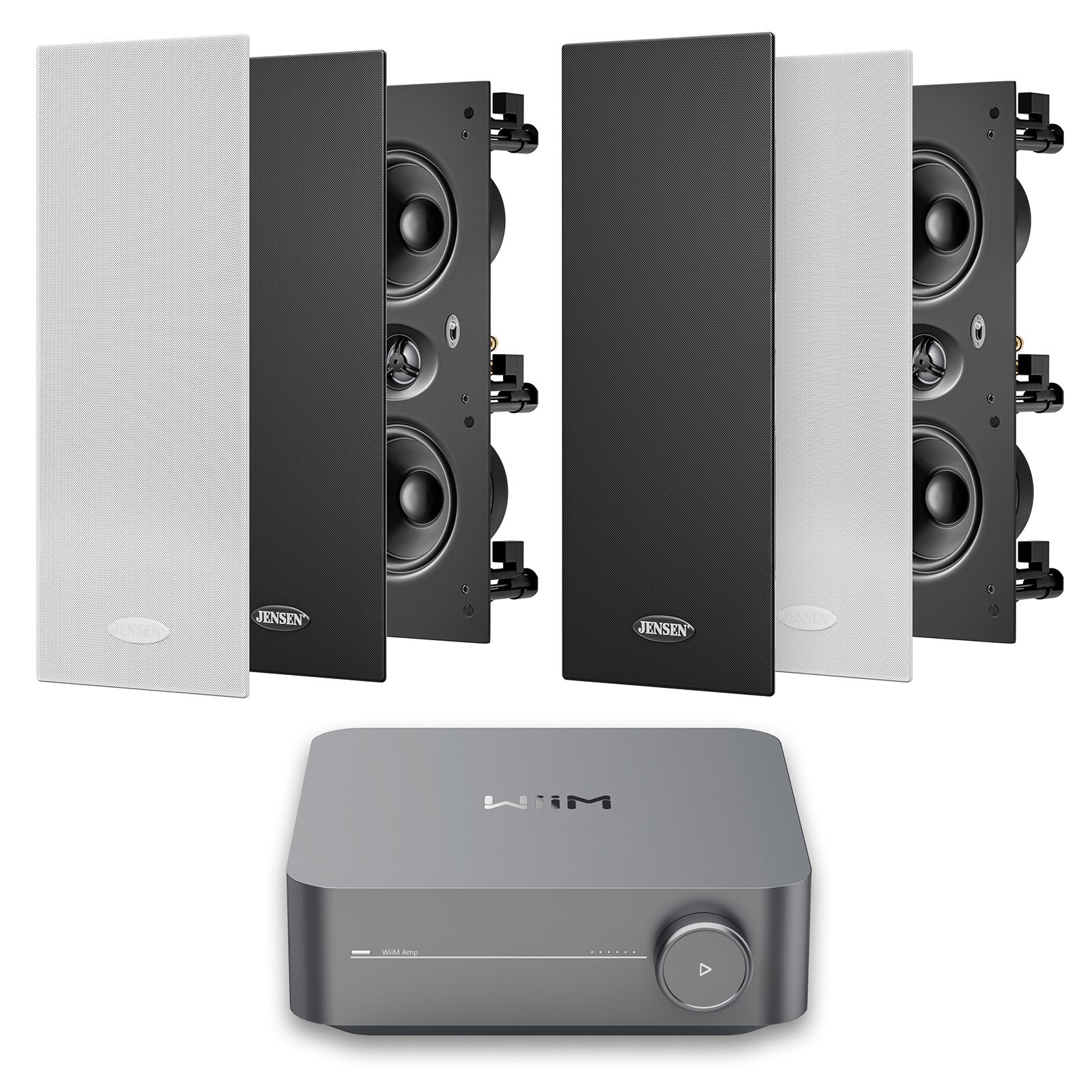What are Surround Sound Speakers?
It's a commonly asked question from customers here at JENSEN speakers. In its most basic form, surround sound describes an audio environment that "surrounds" you, but in reality, it encompasses so much more. A true surround sound audio field involves an av receiver and the accurate placement of five speakers that project audio at you to replicate an authentic cinema experience. Each speaker plays a vital role in creating the overall sound and enhancing the immersive movie adventure, from fighter jets rocketing over your head and the earth-shattering bass of a volcanic explosion, to unnerving footsteps creeping up on you. A standard surround sound system consists of five speakers; four channel speakers, one centre channel speaker, and a subwoofer. The previous set up is a "5.1" surround sound system, with the ability to expand to "7.1" or more. If you are looking to take your movie viewing pleasure to the next level, JENSEN speakers can design and supply a high-end surround sound package to meet all requirements and budgets.
Is their a difference in 5.1 versus 7.1 & 9.1 surround sound speakers?
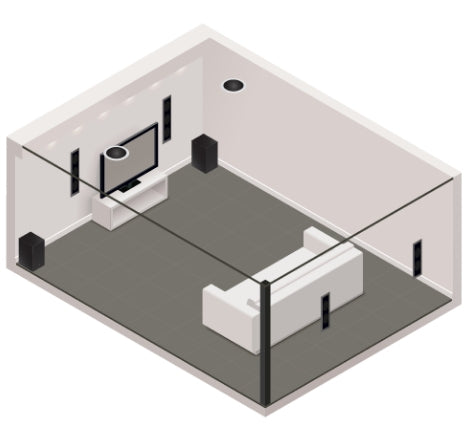
What Do You Need For Sound That Truly Surrounds? All Surround Sound/Home Theatre movies (DVDs, Foxtel, Netflix, Stan, etc. etc.) have dedicated soundtracks to suit 5.1 channels. The five channels are Front Left, Front Right, Centre, Rear Left, and Rear Right. The .1 (point one) is a Subwoofer signal channel to connect to a powered Subwoofer. This 5.1 is the bare minimum for any Surround Sound experience. For a fuller Surround Sound experience, upgrading to 7.1 or 9.1 uses standard 5.1 but adds extra "effects" channels and speakers i.e., Centre Rear Left, Centre Rear Right. A popular add-on to the standard 5.1, 7.1, or 9.1 is Dolby Atmos.
How do I set up Surround Sound?
In a 5.1 system, you will have three speakers in the front by your media. They will be right, left and center. These speakers are the foundation of a great listening experience. When possible, the next two speakers will be placed right and left of the best seating area. If you primarily have a couch you sit on, then right next to each end of the sofa would be best for listening pleasure. A 7.1 has two more speakers, so instead of two by the couch, you will have four. You will place two in front of the couches position on the left and right. The second set of speakers will go right behind the couch on the left and right. Both speaker sets will all be the same distance to the optimized watching place.
How do I choose surround sound speakers?

The first determining factor in what Jensen Speakers you will choose is the design of your room. How big is the space you are using for entertainment? Generally, you will want speakers that are out of the way and can't be damaged. I would not recommend floor-standing speakers if you have a smaller room or have any kids running around. Pets can also knock over any floor standing speakers and cause significant damage. If you have a large enough place I would go with a 7.1 system which will give you the most pleasure. Smaller rooms work well with the 5.1. The next decision has to do with in-ceiling speakers or in-wall speakers? Once again, going to be determined by size but also ease of installation. Both will provide an incredible movie like dolby digital experience so you won't go wrong either way.
Where do I put my subwoofer?
Optimal subwoofer placement is in the front of the room near your media centre. It usually blends with the other front speakers quite well and minimizes localization effects. Also, keep in mind your Jensen home theatre subwoofers bass is Omni-directional so it will reach all of your viewers equally.
What if I have Surround Sound Questions?
That's why we are here to help you figure out the best placement and speakers! If you have any questions, please call a Jensen Speaker representative, and they can help design the perfect room with the perfect Home Theatre Speakers.
